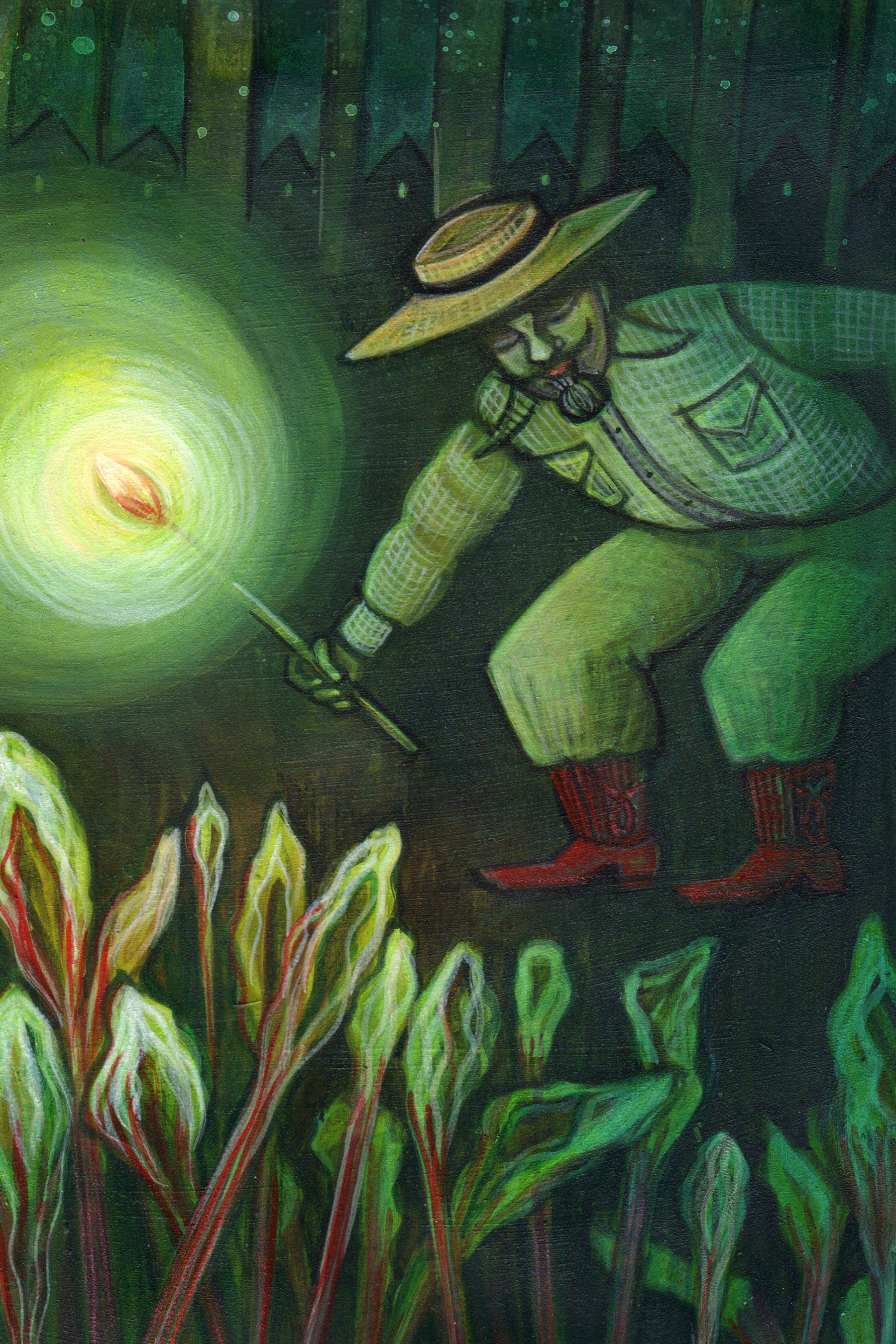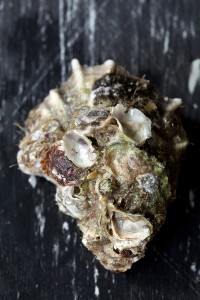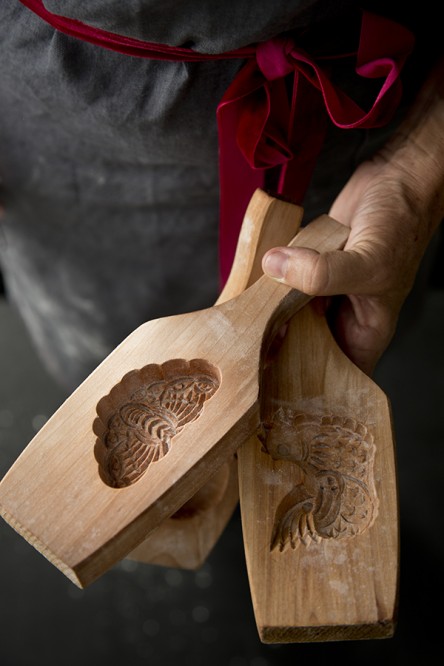Words and Artwork by katherine sandoz


Food is our trigger to all design. Its color may inform our fashion, its texture may inform our artwork. Its shape may inform our interiors and its flavor will always inform our table. This week our inspiration is an oyster. Rough yet refined. A skilled knife hand to open and well worth the briny blast of refreshment in the end. Plucked from the sea and shucked for your table, take a rake through our mud this week and see the beauty in our bounty.

Photography by Chia Chong Styling by Libbie Summers Artwork by katherine sandoz Podcast Hosted by Brenda Anderson Floral Design by Ashley Bailey Who knew? 1. The Moon Cake Festival is one […]

I want to be a sprinkle. Not the tiny circus-colored variety that crunches like birdshot, or the crystallized pink sparklers that feel as if you eaten a mouthful of sand. “A sprinkle,” Rebecca Gardner tells me, “is someone who walks into a party and they’re peppy, they introduce people, they have self confidence and stories to tell.” It’s her job to know this.